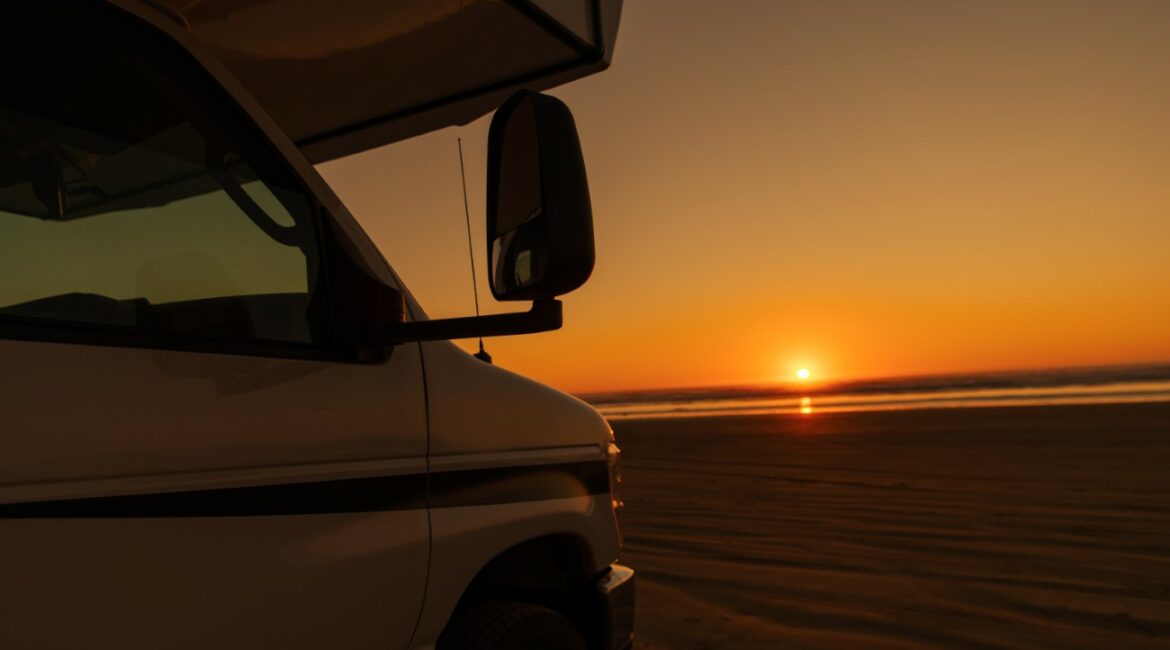Hey there, fellow adventurers! Jane here, bringing you some hands-on advice for one of the most daunting projects in the RV life—replacing your RV roof. Trust me, I’ve been in your shoes. There’s nothing like the thrill of hitting the open road with your RV, but a leaky or damaged roof can quickly rain on your parade, literally and figuratively. So, let’s dive into your options for RV roof replacement, and put you back in the driver’s seat of your own adventure.
The Importance of A Good RV Roof
First things first, why should you even care about your RV roof? Well, think about it. Your RV roof is your first line of defense against the elements, whether that’s blistering sun in Arizona or heavy snowfall in the Rockies. A well-maintained roof keeps you dry, comfortable, and stress-free. It’s your ticket to a peaceful night under the stars!
Common Roofing Materials
So what are your options when it comes to materials? There are several types to consider:
- Rubber (EPDM or TPO): Cost-effective and easy to install.
- Fiberglass: More expensive but extremely durable.
- Aluminum: Lightweight and corrosion-resistant, but can be pricey.
Tip: Don’t skimp on quality. Your RV is your home away from home, so invest in a material that will last and keep you safe.
Professional or DIY: What’s Your Flavor?
You basically have two choices when it comes to the actual process: Hire a professional or do it yourself.
- Professional: Great for those who aren’t very handy or just don’t want to take the risk. But be prepared for labor costs.
- DIY: If you’re like me, getting down and dirty with your RV is half the fun! You’ll save on labor, but you’ll need to do your homework and be prepared for some trial and error.
Signs It’s Time for a Roof Replacement
So how do you know when it’s actually time to replace the roof?
- Leaks: The most obvious sign. If you’re finding water in places it shouldn’t be, take action.
- Cracks or Holes: Even small ones can lead to big problems.
- Age: If your roof is nearing the end of its recommended lifespan (check your owner’s manual), consider a replacement.
Step-by-Step Guide to DIY RV Roof Replacement
Okay, for my DIY warriors, here’s a brief guide:
- Inspect and Measure: Know the state of your current roof and how much material you’ll need.
- Remove the Old Roof: This is a dirty job involving scraping and possibly cutting.
- Prepare the Surface: Make it as clean and smooth as possible.
- Install Insulation: This is optional but recommended for energy efficiency.
- Lay Down the New Material: Follow the manufacturer’s instructions closely.
- Seal It Up: Use appropriate sealants for seams and edges.
- Inspect: Make sure everything is secure and watertight.
Researched FAYour Guide to RV Roof Replacement Options
What is the average cost of replacing an RV roof?
The cost can vary significantly depending on the material and whether you’re going the DIY route or hiring a professional. Expect to pay anywhere from $300 to $600 for materials if you’re doing it yourself, and up to $300 per linear foot for professional installation.
How long does an RV roof last?
An RV roof can last anywhere from 10 to 20 years, depending on the material and how well it’s maintained.
Is silicone or acrylic better for sealing an RV roof?
Silicone sealants offer better UV resistance and longevity but are generally more expensive. Acrylic sealants are easier to apply and are more cost-effective.
Can you walk on an RV roof?
It depends on the construction of your RV. Always consult your owner’s manual or manufacturer before attempting to walk on your RV roof.
What is EPDM and TPO?
EPDM is a type of rubber material that is very durable and cost-effective. TPO is another form of rubber that is lighter and typically more UV-resistant. Both are popular choices for RV roofs.
And there you have it! Your one-stop guide to RV roof replacement options. Whether you go the professional route or take on the project yourself, remember, a good roof over your head will let you focus on what really matters: making unforgettable memories on the road.
Safe travels and happy camping!
- Transform Your Health with Medford Medical Weight Loss Program - June 9, 2025
- A Chat with Nate and Mika, Christian Wedding Photographers - July 18, 2024
- Ultimate Guide To Playing Online Casinos - May 27, 2024









